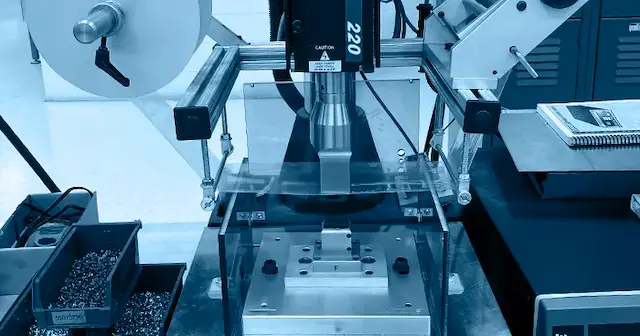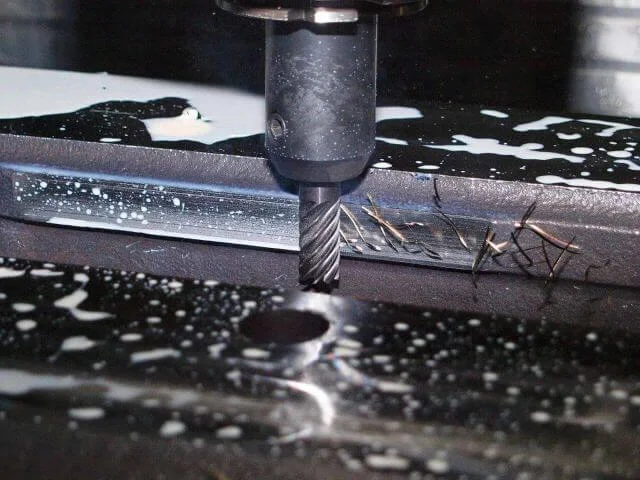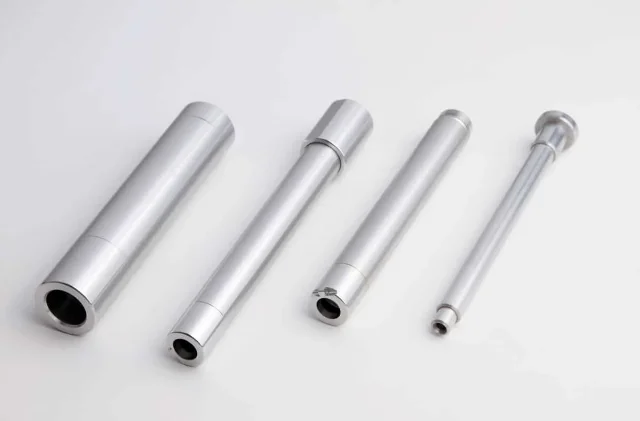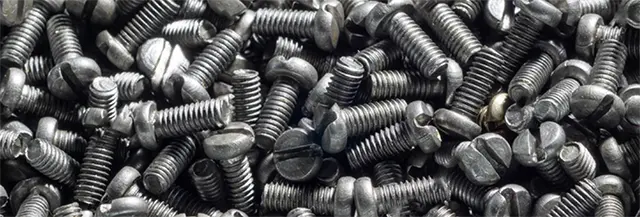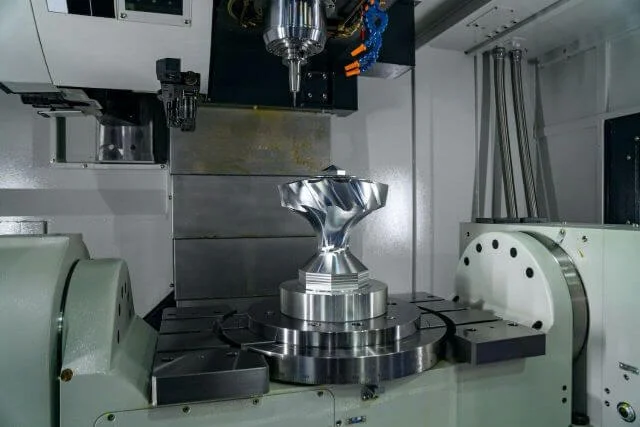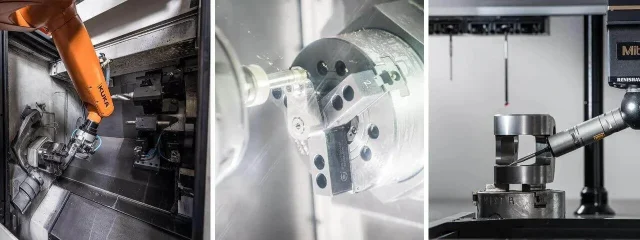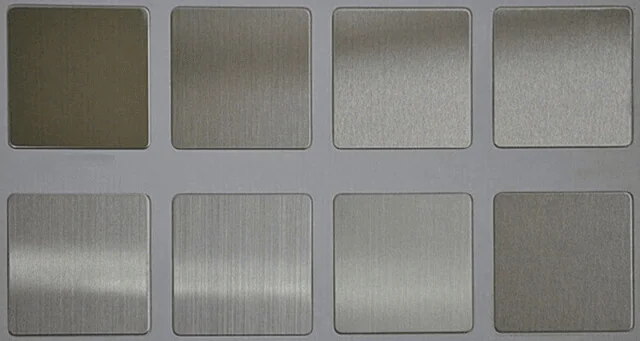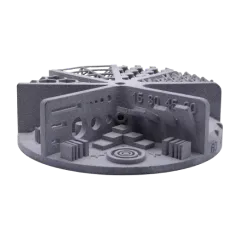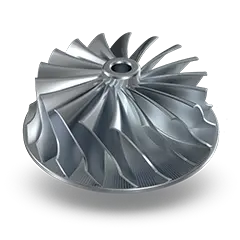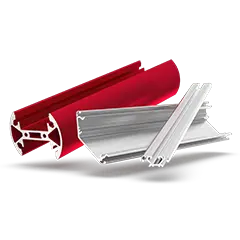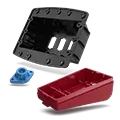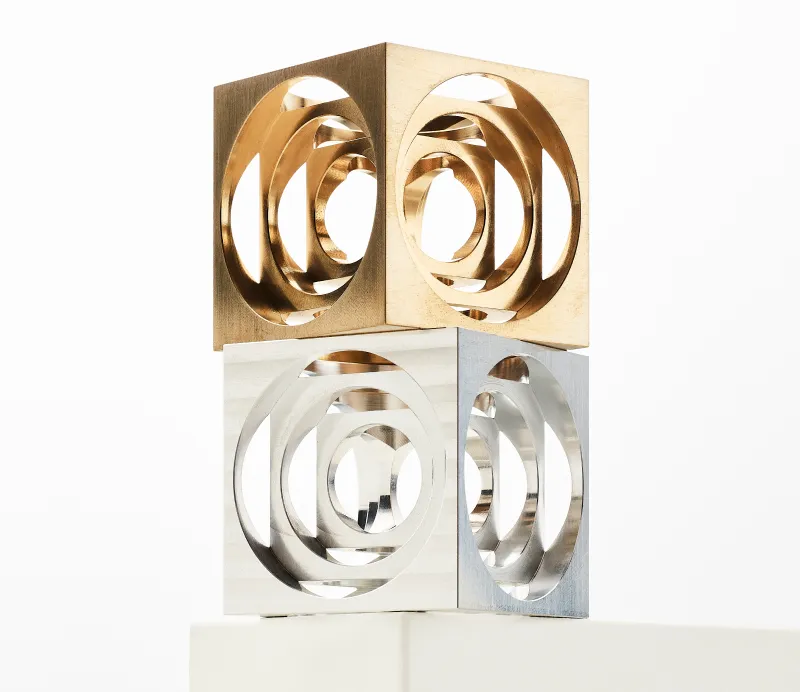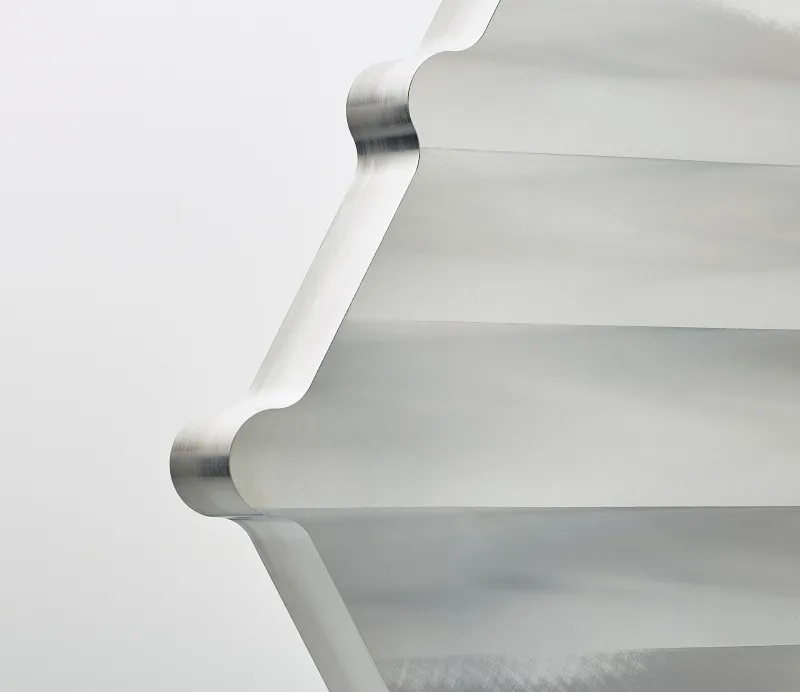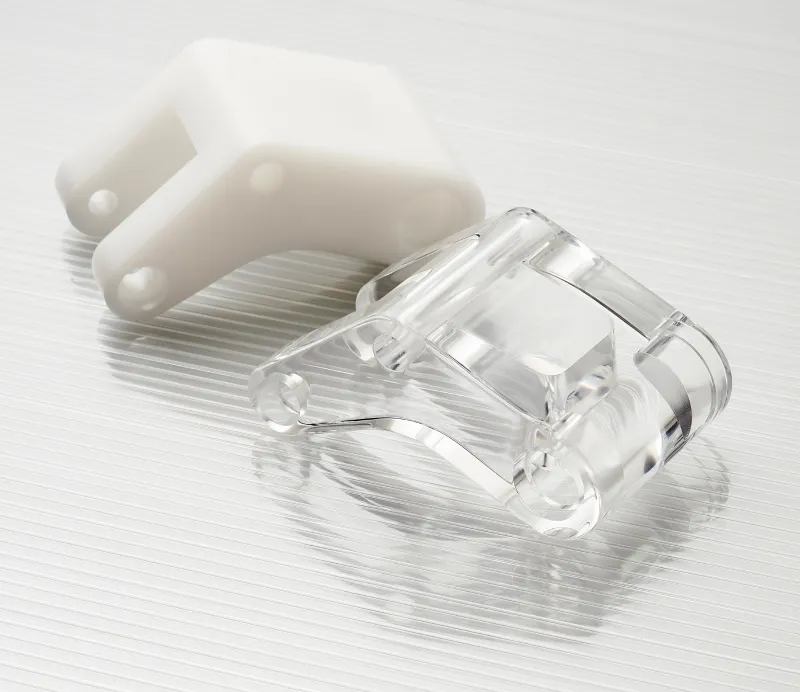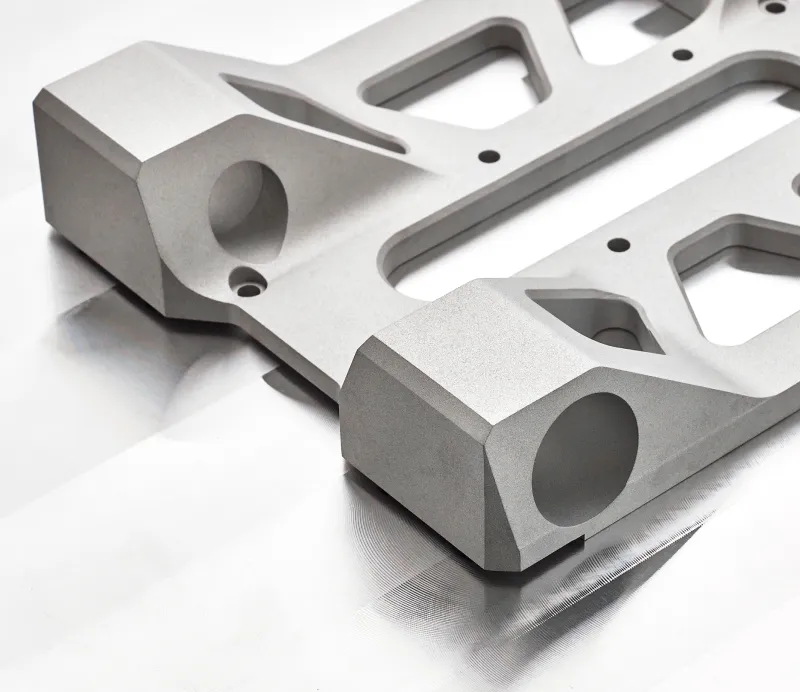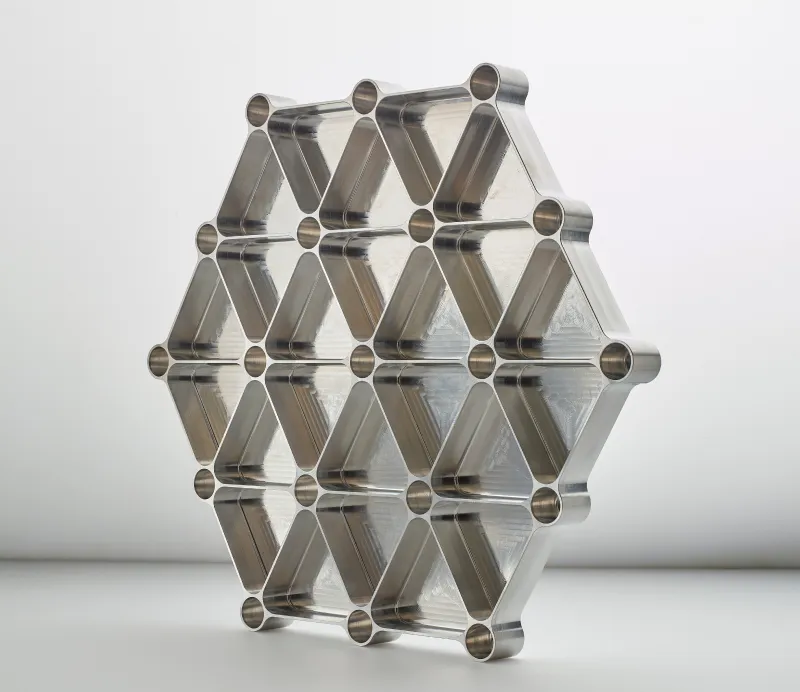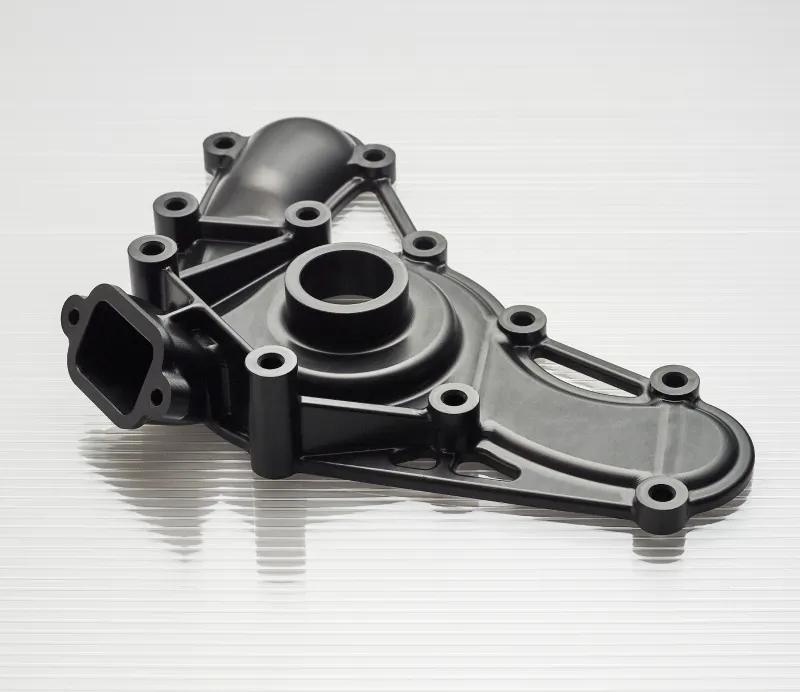CNC Machining for Complex Parts
CNC machined parts can often vary in complexity. From simple planar parts to demanding, highly complex curved geometries, it’s vital to choose the correct CNC machine for the job. Different types of CNC machines exist and can be used for different parts.
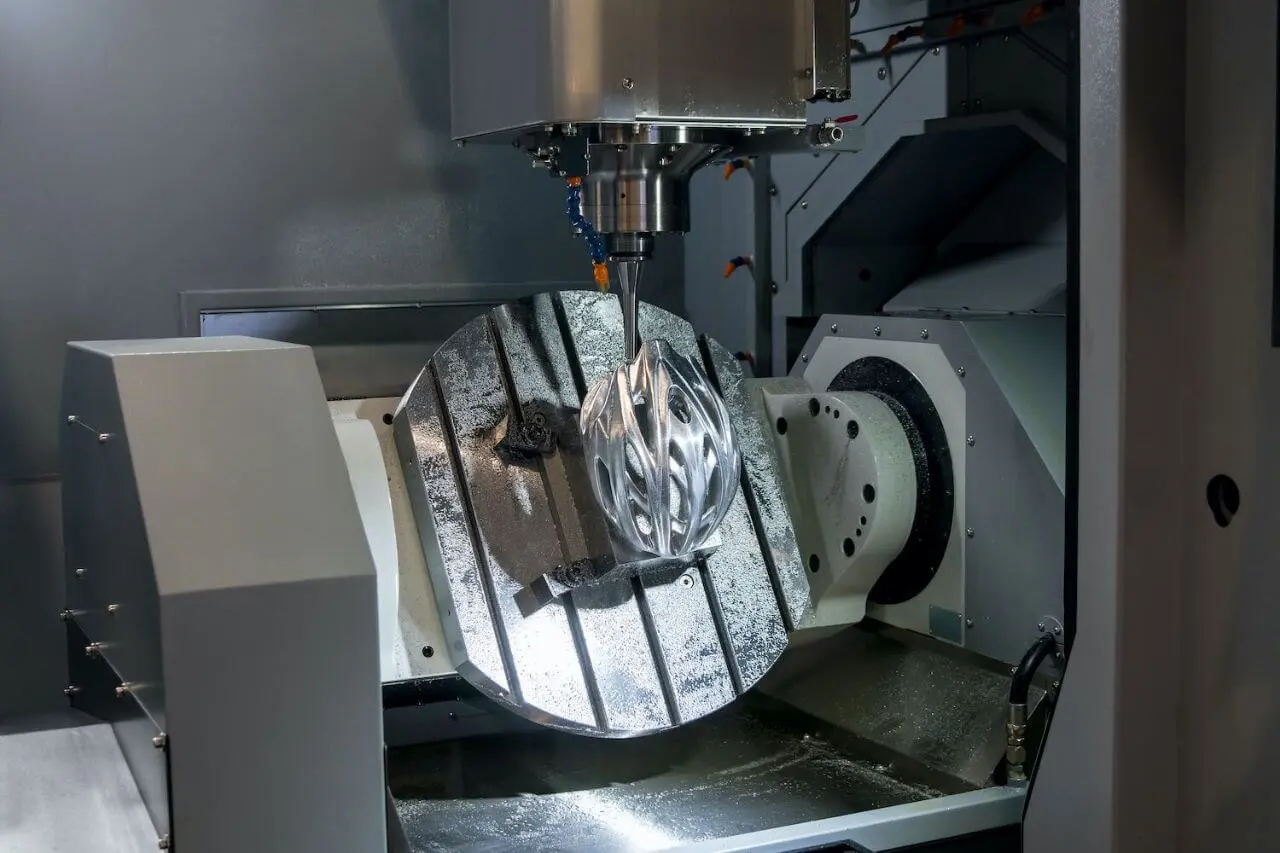
The type of machine used (a CNC lathe, a three-axis CNC milling machine or a five-axis machining centre) will usually be determined by the complexity of the part. Part complexity, geometry and dimensions affect the type of machine chosen, alongside tolerances, end-use of the product, and the type of material.
Widely speaking, a more complex part will require more consideration during machining due to its design, specific dimensions and requirements. Design engineers should always, where possible, work to create simple, easy to produce parts while the part is in the design process. The simpler the design, the easier it will be to manufacture, and, by default, the cheaper the overhead costs will be.
Mechanical designers are always considering how to create designs that require fewer components while offering maximum performance. This can drive costs down while also ensuring efficiency and higher output.
Recommended: Check out our Ultimate Guide to CNC Machining
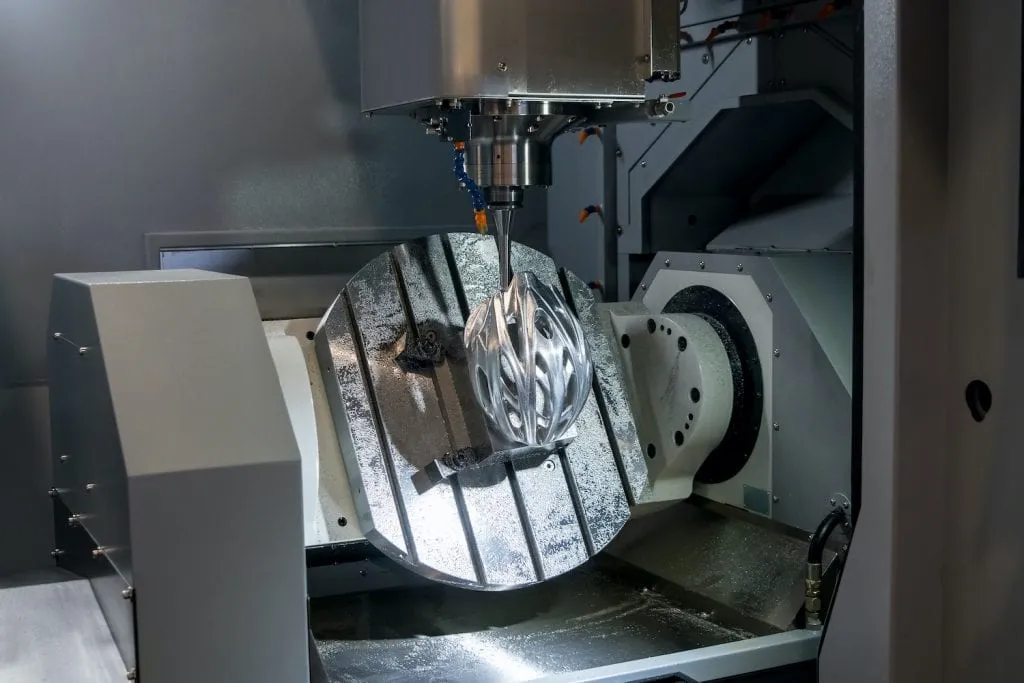
The complexity of components is always a consideration for mechanical designers, and high-performance components that are efficiently designed will consider the machining lead time. Precision engineering can reduce the risk often caused by human error. Small errors in measurement, execution or production can lead to projects and products being entirely compromised. With this in mind, it is worth ensuring you are working with experienced designers, engineers and manufacturers.
Occasionally however, complex CNC machining will be needed, where high levels of accuracy and finishing may result in a longer lead time. The general rule is that five-axis CNC machining will be required for complex parts and complex shapes. This is because the machine can work to 5 different angles/axes to achieve the final shape, rather than two or three that operate on just X and Y.
By incorporating a further three axes, A, B and C, more accurate and complex parts can be machined without reorientating the part manually within the machine. The fact that five-axis CNC milling can offer a ‘single setup’ is a large, time-reducing benefit.
High accuracy of tools and experienced operators can help ensure that the required part can be produced with highly accurate results and a fast lead time. It is always worth getting in contact with an experienced manufacturer to enquire about their machining capabilities and how they can best help you. At Get It Made, we can offer a free 24-hour quote; see how we can help your project today.
{{cta-banner}}
Factors that impact the complexity of a part
Part Size
Size alone doesn’t determine the part’s complexity but can be a factor. Bear in mind, occasionally larger planar parts are less challenging than smaller, more intricate parts. Also, consider the size of individual features, as this affects the size of the cutting tool used. A larger, high-speed cutting tool can remove material more quickly, reducing the machining time.
Part processing
The number of operations, interventions and checks needed will also impact the part complexity. Depending on the geometry, finishes and tolerances etc., the order of operations may be complex, time-consuming and detailed. For example, a complex part may require several reorientations and manual interventions. Occasionally, a five-axis or mill-turn machine may be the most appropriate machine. For instance, if it is cost-effective to produce or requires less overhead costs.
Part tolerances
The part tolerances may impact the choice of CNC machine used and can also affect the cost and lead time. The achievable tolerance is also impacted by the material, machining speed and tooling. Simply put, the tighter the tolerance, the more your part will cost. Higher tolerances allow for more precision but may also involve additional processes, operations, tools and machines, thus adding costs.
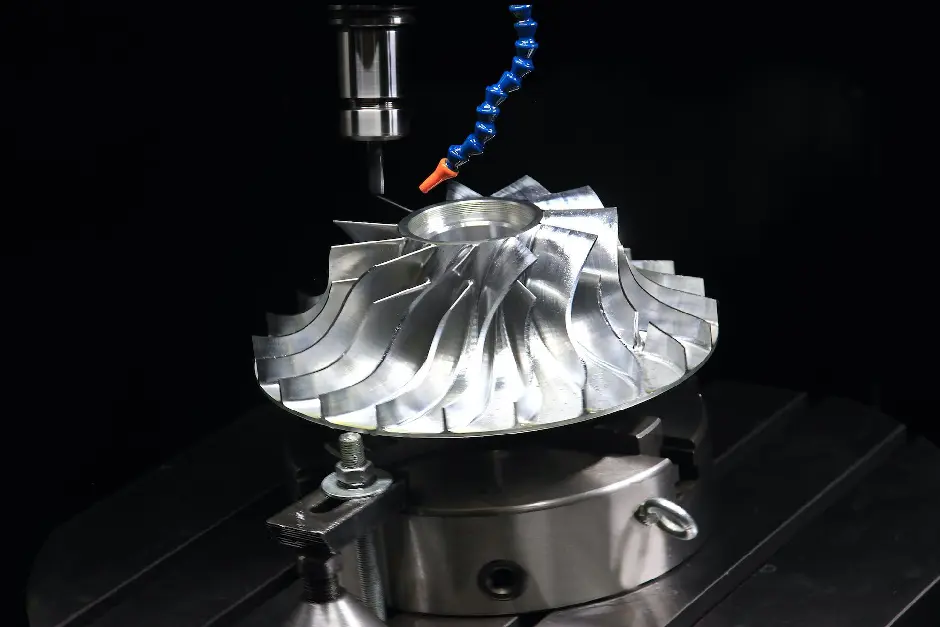
Types of finishes
Bead Blasting
Bead Blasting involves the removal of any surface deposits or imperfections on a part for a more uniform, smooth finish. The sphere-shaped beads ensure a consistent finish and are commonly used to offer a matt finish. Finer beads can also be used for a more satin-like or dull finish.
Anodised finishes
Anodised finishes offer a specified wear-resistant coating, usually available in a number of colours. Anodising is generally transparent, and the layer is usually thin so be sure to consider the CNC Machine marks on the surface.
As machined
Another finish will leave the surface roughness as the piece is machined. The exact service roughness is determined using the Ra value. Typically the surface roughness for CNC machined parts is Ra 3.2µm.
You can find out more about our CNC Machining services here to discover how our experienced team can help you.

CMM Inspection Reports
What is a CMM report, and why do I need one?
A Coordinate Measurement Machine (CMM) inspection involves using a coordinate measuring machine to inspect a part’s dimensions to ascertain whether a part meets specific tolerance requirements. A Coordinate Measuring Machine is used to measure the quality and characteristics of an object.
A CMM inspection will be needed to measure more complex parts to ensure they conform to the specification. They will often be included for extremely high-precision parts where ultimate quality and accuracy are required. At this point, smooth surface finishes will also be inspected to ensure they are accurate to the drawings and design.
A CMM works by using a probe that measures points on a workpiece. Three axes form the machine’s coordinate system. The other system is the part coordinate system, where the three axes relate/correspond to the features and datum of the workpiece.
Benefits of CMM Inspection
CMM Inspections will be carried out as and when required and will sometimes be mandatory. CMM Inspection reports can save time and reduce overhead costs by ensuring the part has been accurately manufactured to the design. This ensures nothing is left to chance, and any deviations from the design or faults are found before shipping.
Depending on the industry, deviations from the specification can potentially be catastrophic (for example, the medical industry or aerospace industry.) This final quality control check can offer reassurances before the part is signed off and delivered to the client.
For more from the Get It Made, check out our range of CNC Machining services, or head to our technical toolbox for useful CNC Machining resources. We offer a wide range of materials and look forward to working with you on your project.

Leave it to our manufacturing specialists
Get a 24 hour, engineer made quote and design review to start your manufacturing project off on the right foot
Get your production-ready quote in 24 hours
All projects are reviewed by real engineers to ensure accuracy, catch mistakes and unlock DFM improvements
Our services
From 3D printing to CNC machining, we’re experts in manufacturing bespoke precision parts on tight time-frames
Other services
It’s rare you only need CNC machining services. We offer 3D printing, moulding, casting, extrusion, fabrication, assembly, welding & more.
Get your production-ready quote in 24 hours
All projects are reviewed by real engineers to ensure accuracy, catch mistakes and unlock DFM improvements
Bespoke quote in 24 hours
Get It Made is proud to provide a human service. Get a quote and free design review by an experienced engineer to see how we make manufacturing simple.


